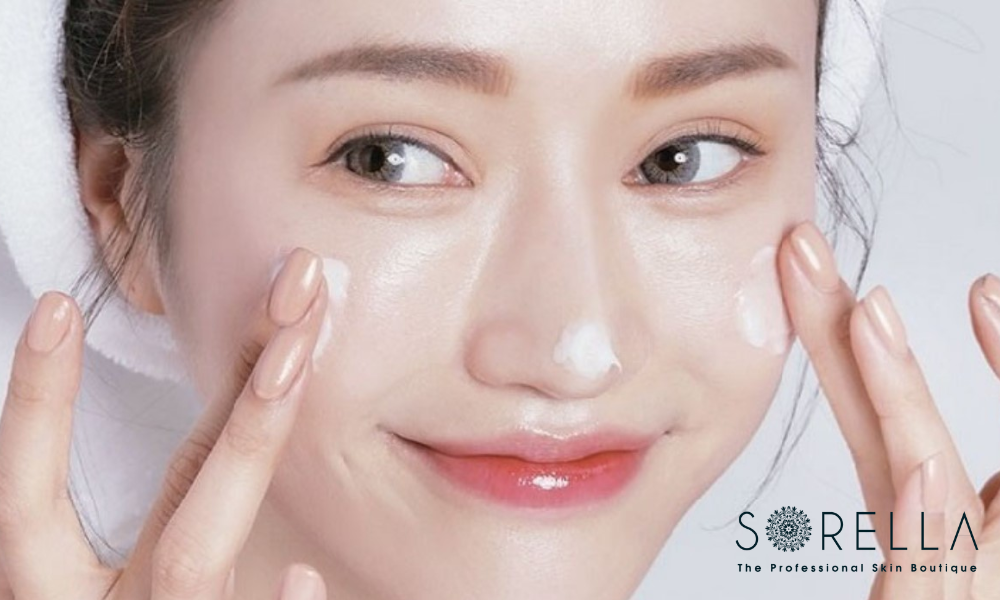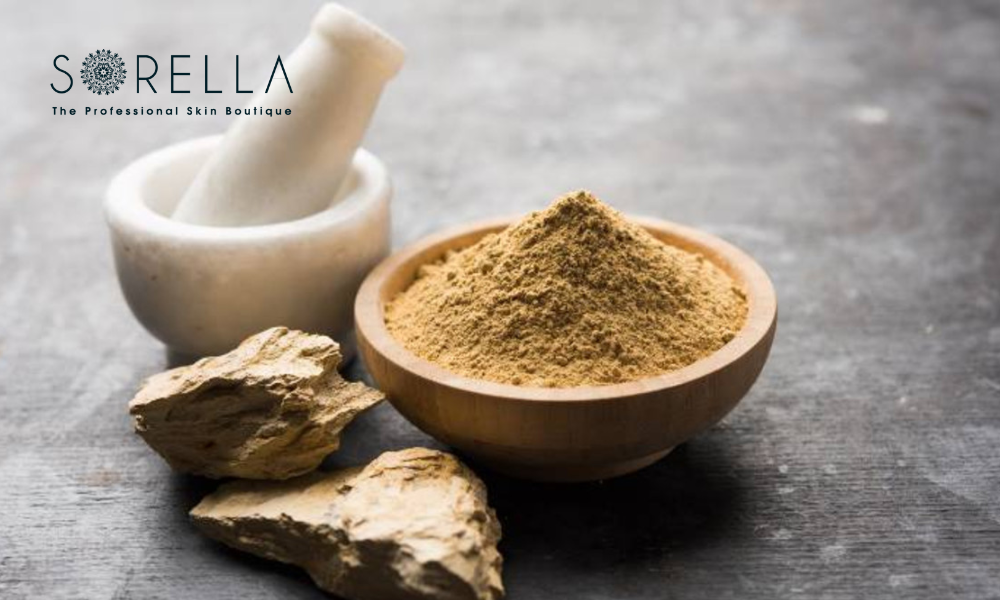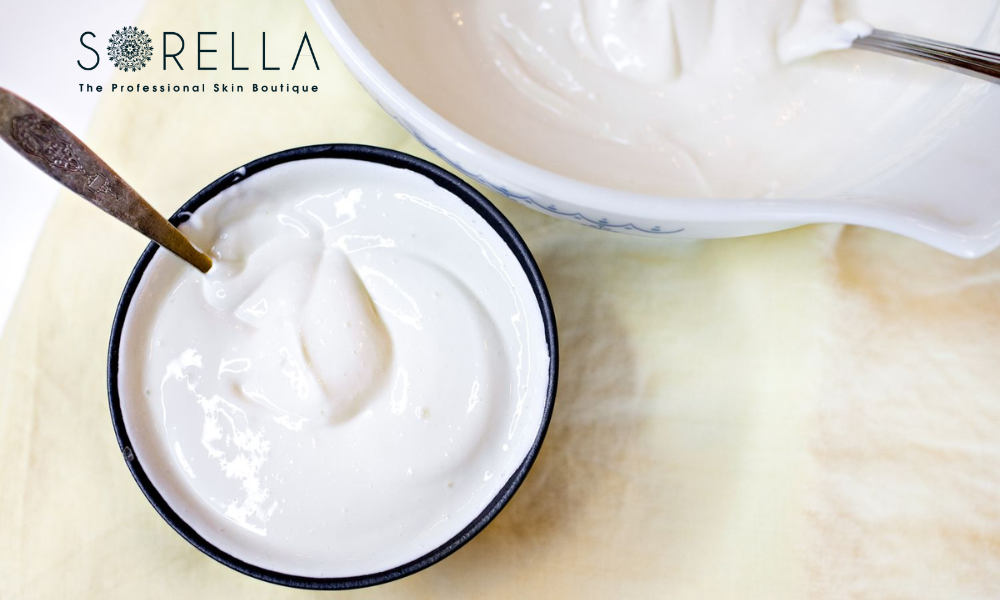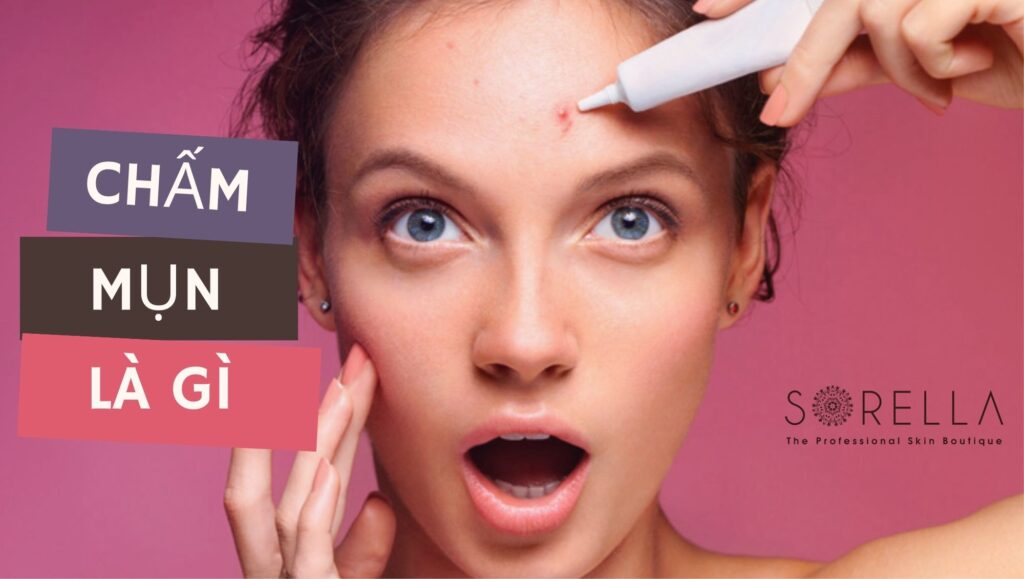Chăm sóc da điều trị mụn
Acne: 13 Home Treatments for Pimples to Help You Get Rid of Acne
Home Treatments for Pimples – Acne may be a real nuisance (literally), but the solution may be right in your kitchen. We consulted a dermatologist for the best home cures for acne. Whether it’s a last-minute zit or whiteheads that won’t leave your nose alone, we can all agree that the “how to get rid of pimples” quandary is one that we’ve all experienced at some time.
While several skincare treatments on the market claim to help with the problem, you may not have one on hand in an emergency. Or maybe you don’t want to deal with the problem with over-the-counter medications.

If you want to avoid going to the drugstore or begin utilizing more natural substances, we have 13 home cures for pimples authorized by dermatologist Dr. Quang of Sorella.
How to Get Rid of Pimples: 13 Acne Home Treatments for Pimples
Honey and turmeric
Turmeric is an anti-inflammatory that can help reduce the size of a pimple. It also aids in the removal of excess oil from the skin. Honey contains anti-microbial qualities and can help fight germs in a pimple. Mix 12 teaspoons of turmeric and 1 tablespoon of honey. Apply to damp skin and leave on for 5 minutes. Rinse well with water.
Chickpea flour
Chickpea flour or gram flour is an excellent home cure for pimples, especially if you have oily skin because it absorbs excess sebum excretion. 1 tablespoon mixed with water, applied to cleansed skin for 10 minutes. Rinse well.
Fuller’s Earth (multani mitti)
Multani mitti has a high concentration of magnesium chloride, which aids in the removal of pimples and the prevention of outbreaks. It is well-known as a thorough cleanser for the skin, as well as for eliminating pollutants and dirt particles that might clog our skin pores. 1 1⁄2 tablespoon multani mitti mixed with water or rose water, applied on the face for 20 minutes. Rinse well.

Juice of lime
Because lime juice is anti-bacterial, it can aid in the removal of pimples by destroying the bacteria that have grown. It also contains vitamin C and citric acid, which can help brighten your skin over time. Apply immediately to the pimple with a cotton pad and let on for 5-10 minutes before rinsing.
Strawberries, oranges, and kiwis
Incorporating fruits such as strawberries, oranges, and kiwis into your diet can potentially benefit skin health, although there is no conclusive scientific evidence directly linking them to acne treatment. These fruits contain various nutrients that may contribute to improving the condition of the skin.
Firstly, oranges and kiwis are rich in vitamin C, known for its antioxidant properties. Antioxidants help protect the skin from damage caused by free radicals, thereby reducing inflammation and skin issues.
Strawberries and kiwis, in particular, contain compounds with anti-inflammatory properties. The reduction of inflammation is crucial in the prevention of acne, making the consumption of foods with anti-inflammatory effects potentially beneficial.
Moreover, all three fruits have high water content, aiding in maintaining skin hydration. Proper hydration is essential for overall skin health.
These three fruits are high in citric acid, which assists in the drying of sebum. Combine them to form an at-home face mask and apply for 10 minutes. Rinse well.
Rose water
Rose water, known for its anti-inflammatory characteristics, is perfect for lowering the size of a pimple. It also functions as a calming agent, reducing redness and relaxing inflamed skin. Spray it over your skin in the morning and evening in place of a toner.
Oats
Since they absorb oil and soothe the face, oats are an excellent home cure for pimples. Grind oats and add them to any DIY face mask to thicken it up while treating the pimple.
Mint
Mint leaves are high in Vitamins A and C, both of which are necessary for healthy skin. Use fresh mint juice on your face every night to get rid of pimples without overdrying your skin.

Tea tree oil
This wonder oil is an excellent home cure for pimples of all types, including whiteheads, blackheads, and cystic acne. Dab the oil over the problematic region in the morning and at night to zap the zit. Tea tree oil is anti-bacterial and anti-microbial, which are both necessary for pimple removal. It also has calming effects that might aid in the relief of discomfort associated with deeper pimples. Before applying the oil to your skin, dilute it with a calming carrier oil, such as coconut oil, if you have sensitive skin.
Tea tree oil, extracted from the leaves of the Melaleuca alternifolia tree native to Australia, is celebrated for its diverse properties and potential benefits, particularly in the realm of skincare. With natural antibacterial qualities, this oil stands out in the fight against various bacteria associated with skin issues, making it a promising remedy for acne when applied topically in diluted form.
Noteworthy for its anti-inflammatory attributes, tea tree oil proves effective in soothing irritated skin. This makes it a potential asset for individuals grappling with inflammatory skin conditions like eczema or psoriasis.
The oil’s antifungal properties add to its versatility, offering a solution for combating fungal infections such as athlete’s foot or nail fungus. When appropriately diluted, it can be applied directly to affected areas, providing relief and promoting healing.
Tea tree oil’s prowess extends to unclogging pores, a valuable trait in preventing acne lesions by penetrating deeply into the skin and clearing excess oil and debris. Beyond the face, it also plays a role in promoting scalp health by addressing dandruff and related issues in anti-dandruff shampoos.
Crucially, it’s essential to use tea tree oil in a diluted form to avoid potential skin irritation. Mixing a few drops with a carrier oil, such as jojoba or coconut oil, is a common practice. Performing a patch test before widespread application helps ensure compatibility with individual skin types.
While tea tree oil can be a beneficial component of a skincare regimen, individual responses may vary. For those with specific skin concerns or conditions, seeking guidance from a dermatologist ensures personalized advice tailored to individual needs.
Yogurt
Yogurt is a versatile dairy product that not only tantalizes the taste buds but also holds potential benefits for overall health, including skin well-being. One notable aspect is its rich probiotic content, fostering a healthy gut microbiome. Research suggests a possible connection between gut health and skin condition, implying that maintaining a balanced gut may contribute to clearer skin.
Moreover, yogurt serves as a commendable source of calcium, vital for robust bone health, and may also play a role in supporting skin vitality. Fortified versions additionally offer vitamin D, crucial for immune function, a factor integral to the body’s defense against skin issues.
The protein content in yogurt is another noteworthy feature. Proteins are essential for the body’s repair processes, aiding in the formation of collagen and elastin. These proteins contribute significantly to the structure and elasticity of the skin.
It’s imperative to choose plain, unsweetened yogurt with live cultures for optimal benefits. Avoiding yogurts with added sugars is crucial, as excessive sugar intake may potentially contribute to skin problems. For those with dairy sensitivities or allergies, exploring non-dairy alternatives like soy, almond, or coconut-based yogurts is a viable option.
While yogurt can be a valuable addition to a skin-friendly diet, individual responses may vary. If specific skin or health concerns arise, seeking guidance from healthcare professionals or registered dietitians is advisable.
Yogurt includes lactic acid, which helps to exfoliate dead skin cells. The anti-bacterial qualities of the living cultures in it promote clean skin. Apply 1⁄4 cup of organic, plain yogurt on your face with a tiny brush. Let to dry for 10 minutes before washing off.

A bonus tip: While having a healthy stomach can help treat acne, eating yogurt daily is also a fantastic method to encourage healthy skin from within.
Aloe vera gel
If you have a pimple that has become red and uncomfortable, aloe vera is an excellent treatment. For best results, use aloe vera that has been extracted directly from the plant. Aloe vera has anti-bacterial qualities that help cure and reduce redness. It also hastens the healing of a pimple. Because of its anti-fungal properties, it will successfully cure boils and cysts. Aloe vera is an astringent that aids in the removal of excess oil from pimples. If taken daily, it can also help lighten acne scars.
Papaya
Because papaya is a common fruit in many of our kitchens, it is a simple substance to employ to treat pimples. Several components in papaya help to prevent and cure pimples. It includes anti-oxidants, and vitamins A and C, which help speed up cell turnover and help prevent acne. It’s a terrific exfoliant that isn’t as harsh as many other topical treatments. Grind or crush the papaya and apply it on your skin for 10 minutes before showering.
Tư vấn chuyên môn bài viết:
TS.BÁC SĨ NGUYỄN HỮU QUANG
Here are the articles that Sorella shares about beauty knowledge you can refer to:
Top 10 Spas in Vietnam to Refresh Your Soul
Inflammatory Acne: Symptoms, Types, Causes, and 3 Ways to Treatment
Freckles Treatment: 7 methods to get rid of Freckles
Lip Fillers: What to be Expected about beauty trends predicted in 2023
8 Methods of hair removal that are often utilized


 中文 (中国)
中文 (中国) 한국어
한국어 English
English








